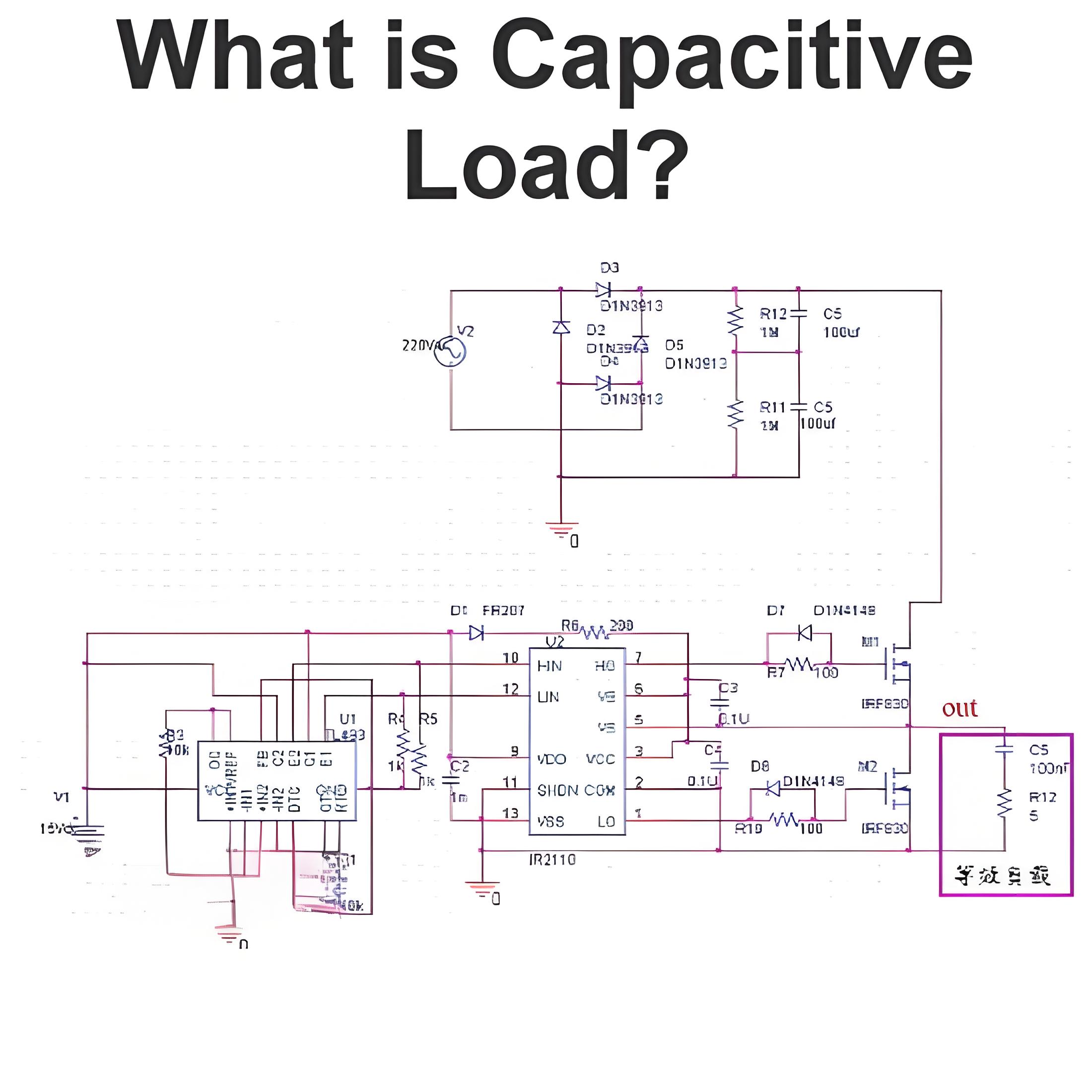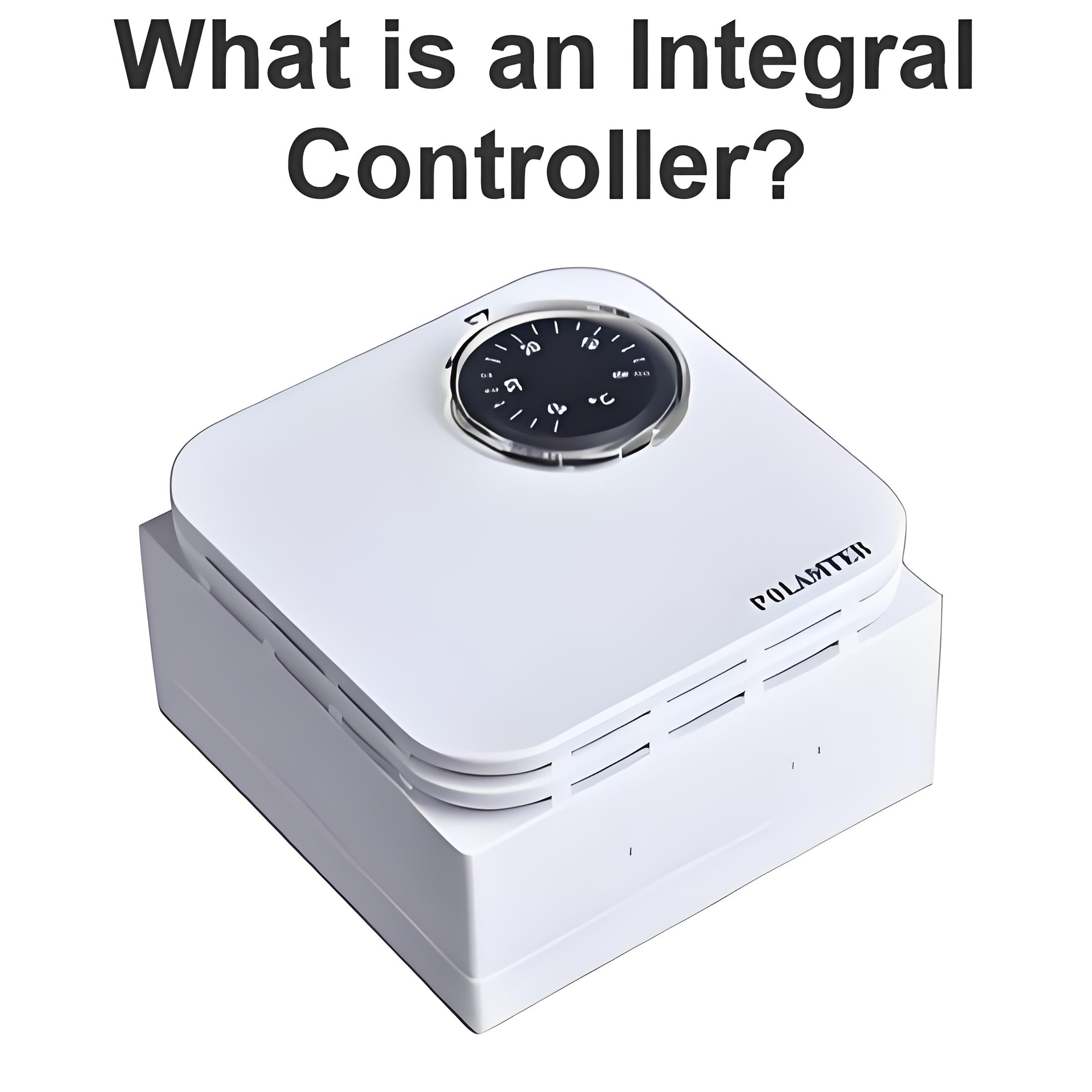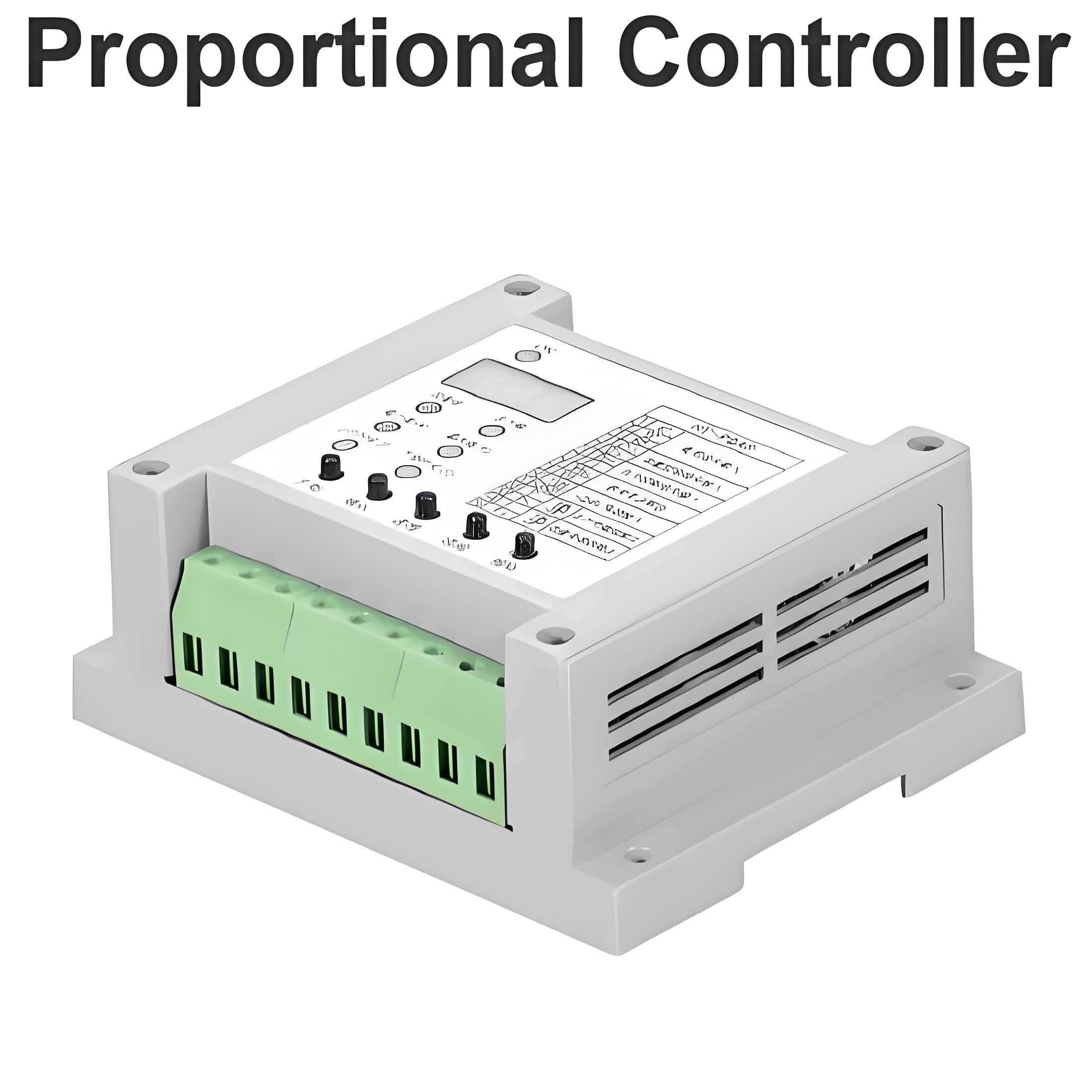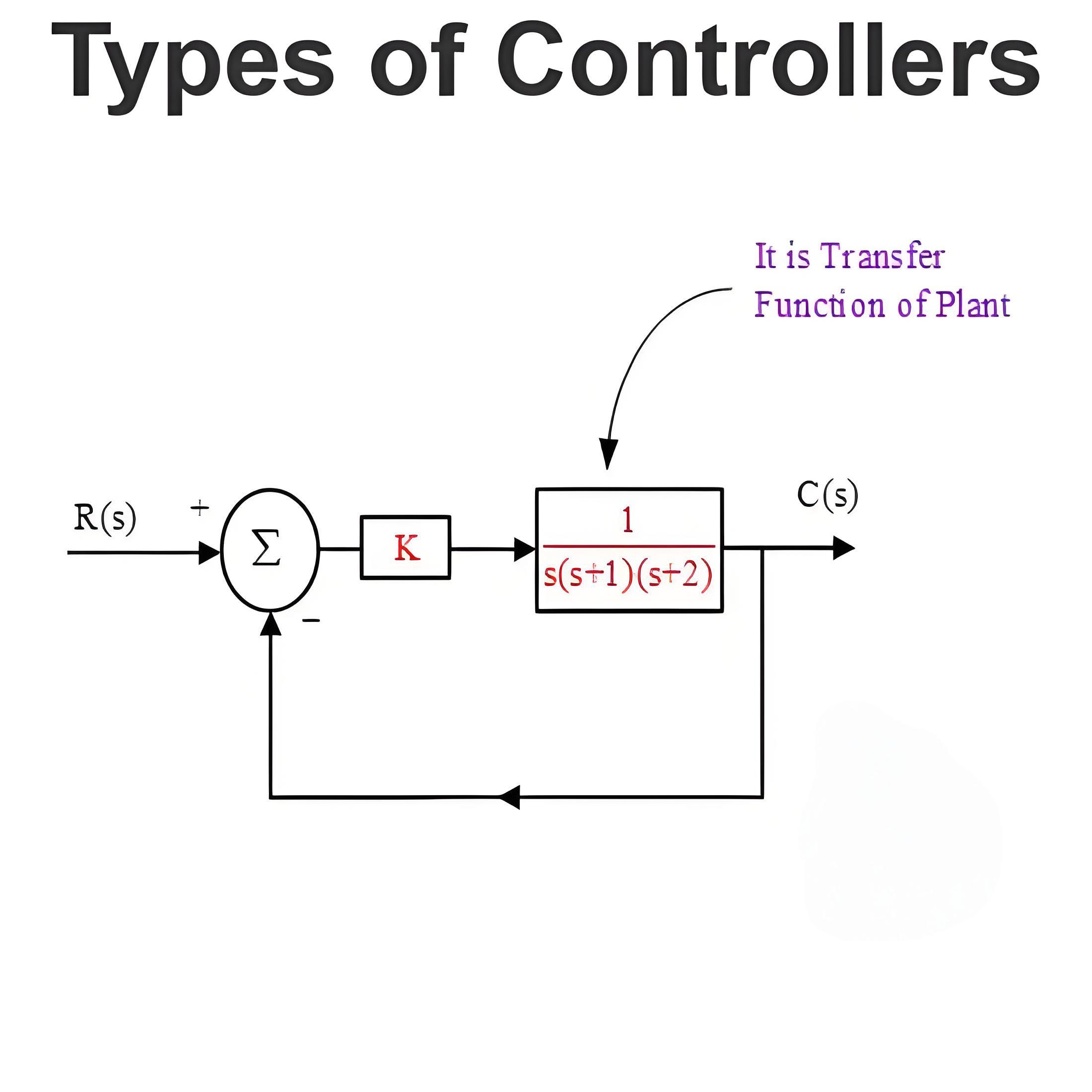What is an Over Current Relay?
What is an Over Current Relay?
Overcurrent Relay Definition
An overcurrent relay is a protective device that operates solely based on current without the need for a voltage coil.
Working Principle of Over Current Relay
The core component of an overcurrent relay is a current coil. Under normal conditions, the coil’s magnetic effect is too weak to overcome the restraining force and move the relay’s element. However, if the current increases sufficiently, its magnetic effect intensifies, surpassing the restraining force and prompting the moving element to alter the relay’s contact position. This fundamental working principle applies across different types of overcurrent relays.
Types of Over Current Relay
Depending upon time of operation, there are various types of Over Current relays, such as,
Instantaneous over current relay.
Definite time over current relay.
Inverse time over current relay.
Inverse time over current relay or simply inverse OC relay is again subdivided as inverse definite minimum time (IDMT), very inverse time, extremely inverse time over current relay or OC relay.
Instantaneous Over Current Relay
Construction and working principle of instantaneous over current relay is quite simple.In an instantaneous overcurrent relay, a magnetic core is wrapped with a current coil. An iron piece, supported by a hinge and a restraining spring, is positioned such that it remains detached from the core when current is below a preset threshold, keeping the normally open (NO) contacts open. Exceeding this threshold, the increased magnetic attraction pulls the iron to the core, closing the contacts.
We refer the pre-set value of current in the relay coil as pickup setting current. This relay is referred as instantaneous over current relay, as ideally, the relay operates as soon as the current in the coil gets higher than pick upsetting current. There is no intentional time delay applied. But there is always an inherent time delay which we cannot avoid practically. In practice, the operating time of an instantaneous relay is of the order of a few milliseconds.
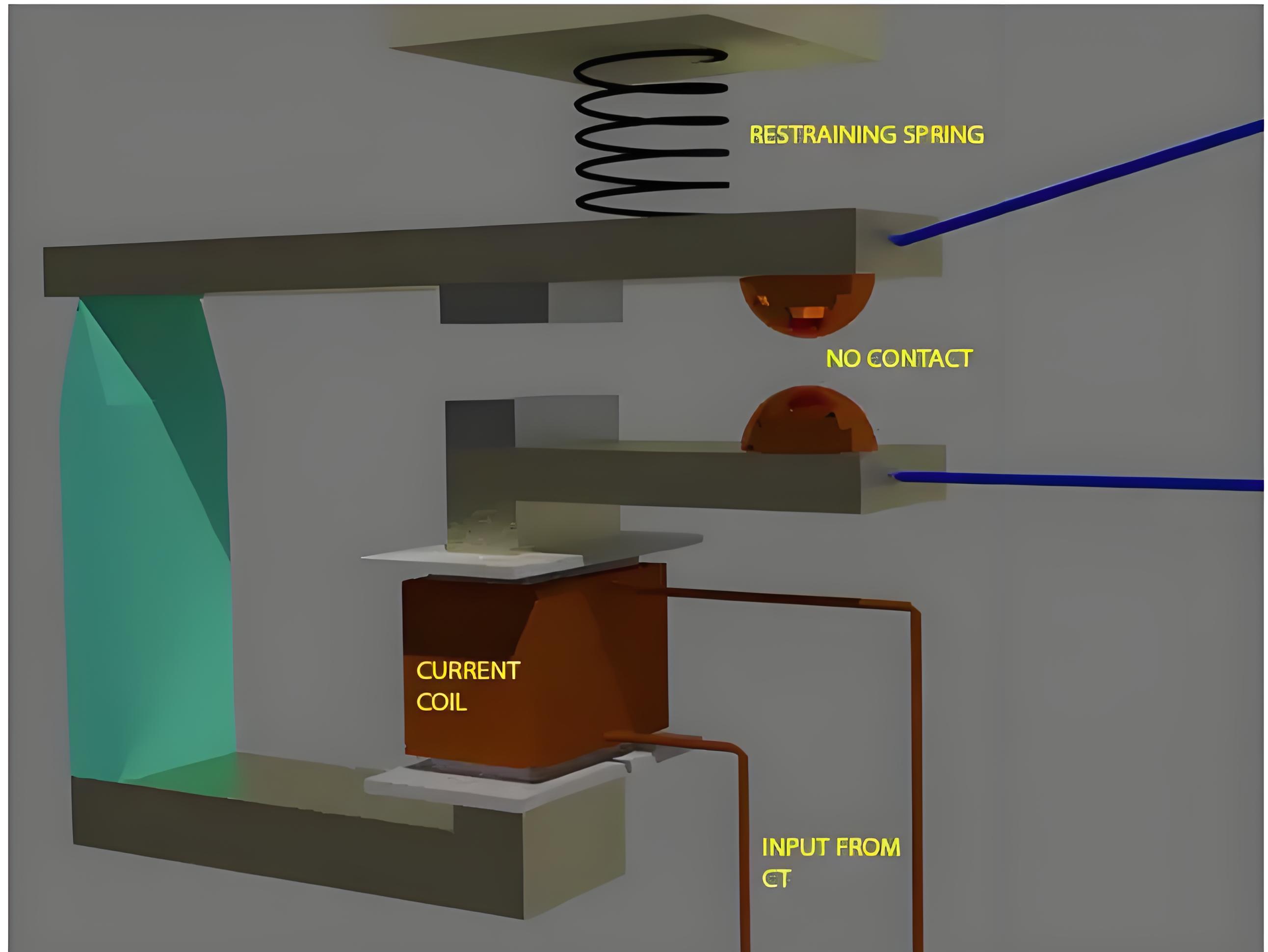
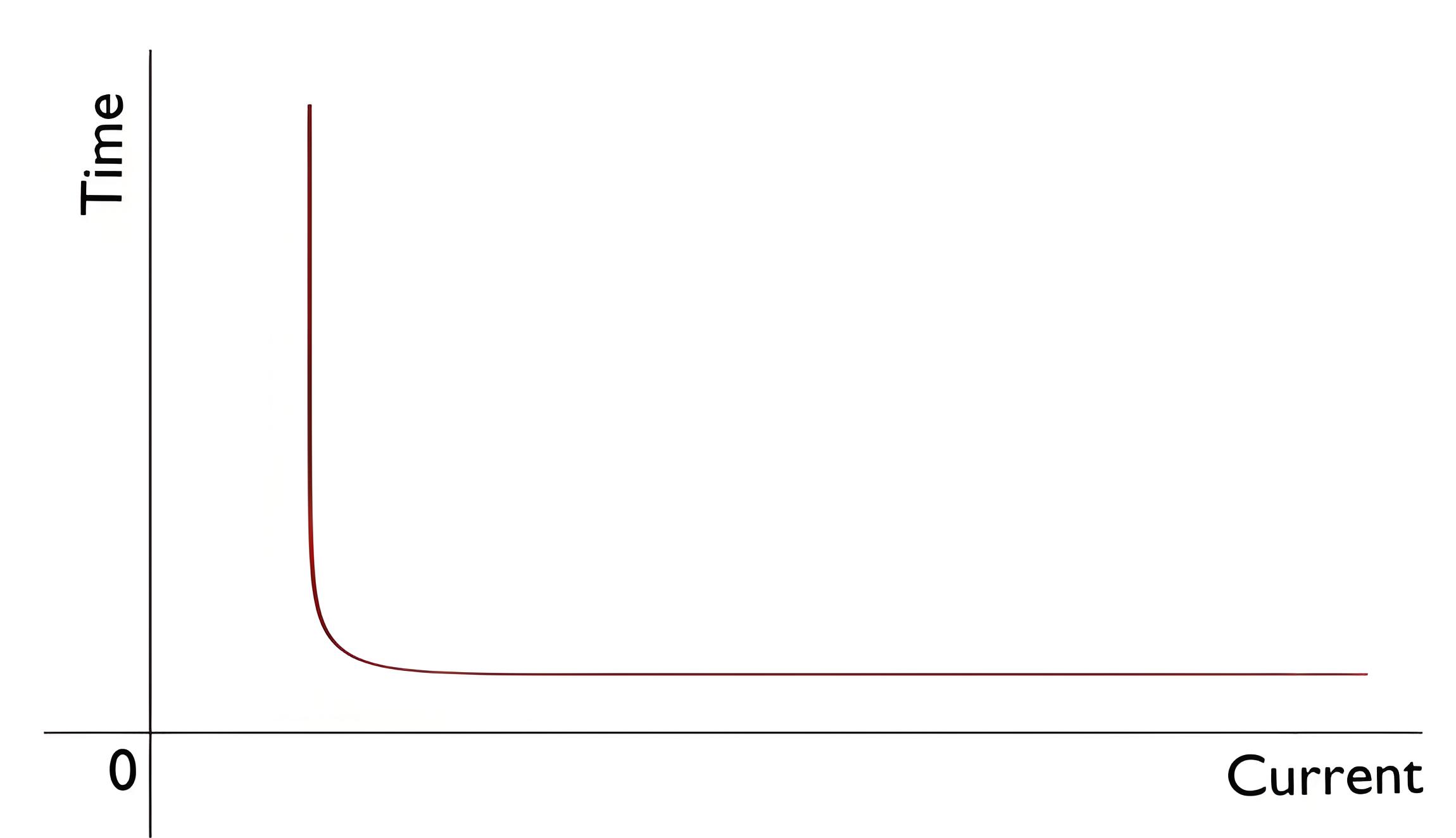
Definite Time Over Current Relay
This relay is created by applying intentional time delay after crossing pick up the value of the current. A definite time overcurrent relay can be adjusted to issue a trip output at an exact amount of time after it picks up. Thus, it has a time setting adjustment and pickup adjustment.
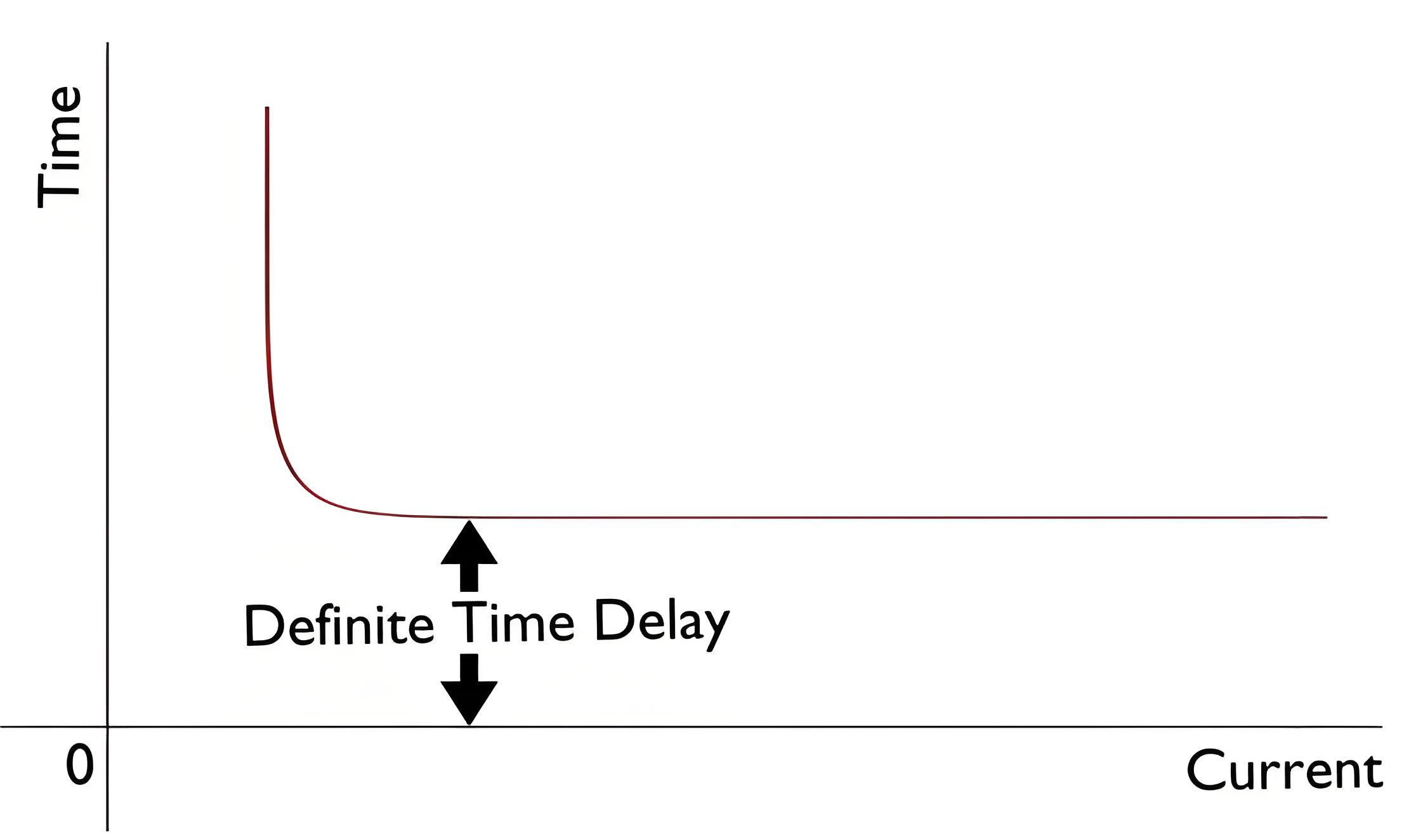
Inverse Time Over Current Relay
Inverse time overcurrent relays, typically found in induction type rotating devices, operate faster with increased input current, inversely varying their operation time with current. This characteristic is ideal for swift fault clearing in severe conditions. Additionally, this inverse timing can also be programmed into microprocessor-based relays, enhancing their versatility in overcurrent protection.
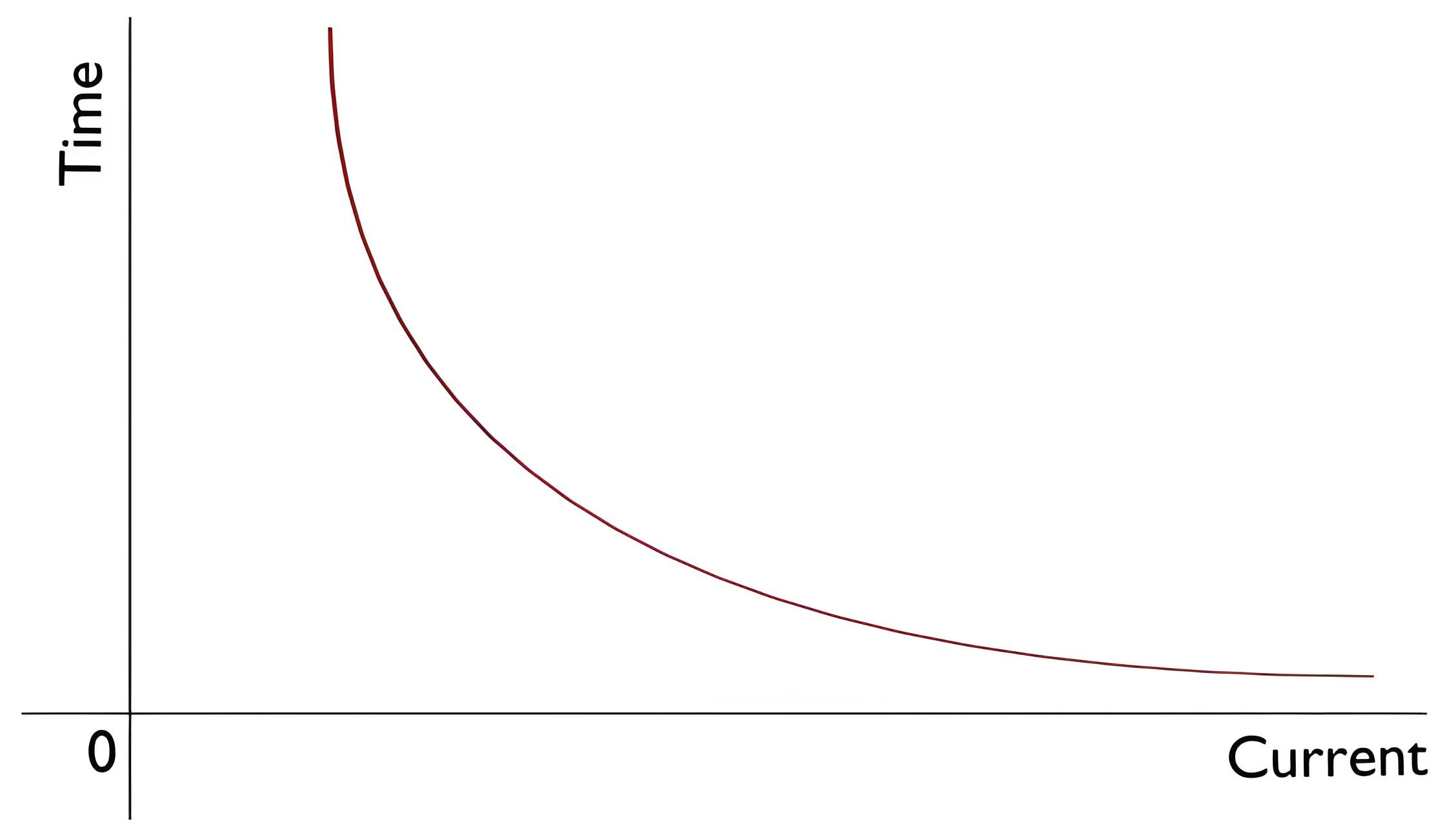
Inverse Definite Minimum Time Over Current Relay or IDMT O/C Relay
In an overcurrent relay, achieving perfect inverse time characteristics is challenging. As system current rises, so does the secondary current from the current transformer (CT) until the CT saturates, halting further increases in relay current. This saturation marks the limit of inverse characteristic effectiveness, leading to a fixed minimum operation time despite further increases in fault level. This behavior defines the IDMT relay, noted for its inverse response initially, which stabilizes at high current levels.
Welcome to our electricity community! Established to facilitate the exchange and cooperation in the electricity industry and bridge professionals, enthusiasts, and related enterprises.


